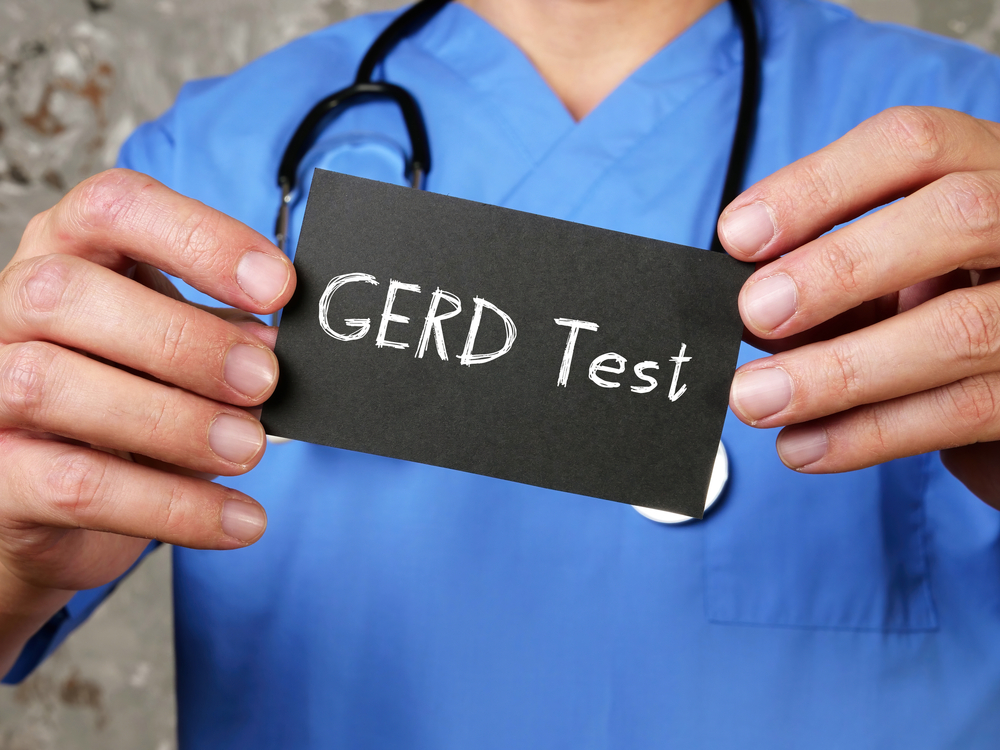DIAGNOSIS
The esophageal pH test is performed by inserting a small probe on the nostril and placing it near the lower esophagus. The probe is connected to a tiny device that you wear on your belt or over your shoulder.
Furthermore, the doctor uses an endoscope to put a disposable capsule in your esophagus. This helps record information, including:
- The source of symptoms; and
- The times when you lie down and eat.
During Esophageal Reflux
The lower esophageal sphincter opens and closes, allowing food and liquid to pass into the stomach. When the sphincter does not close completely, it will lead to gastroesophageal reflux, causing damage to the esophagus.
The esophageal pH test determines how frequent stomach contents enter the lower esophagus and how much acid is present in the reflux.
How Does It Work?
A thin, narrow tube is gently passed through your nose, down your esophagus, and placed above the lower esophageal sphincter. Afterward, the nurse will discuss the monitoring guidelines.
How To Prepare For The 24-hour Esophageal pH Test
Before the monitoring period:
- Seven days. Avoid taking proton pump inhibitors.
- Two days. Avoid taking H2 blockers.
- Six hours. Avoid taking antacids.
Four to six hours before your medical appointment, avoid eating or drinking.
Once the test begins, be mindful of the following guidelines:
- Do your usual activities.
- Eat your meals.
- Lie down upright.
- Follow your doctor’s instructions regarding medications.
- Press the recorder’s button when symptoms develop.
- Record your activities.
- Call your doctor if you suffer from uncommon symptoms.
After Esophageal pH Test
The doctor will discuss the findings of your esophageal pH examination. If the results turn out fine, you may resume your regular diet and activities. The doctor may also prescribe Lozenges to help you with the temporary soreness in your throat.


